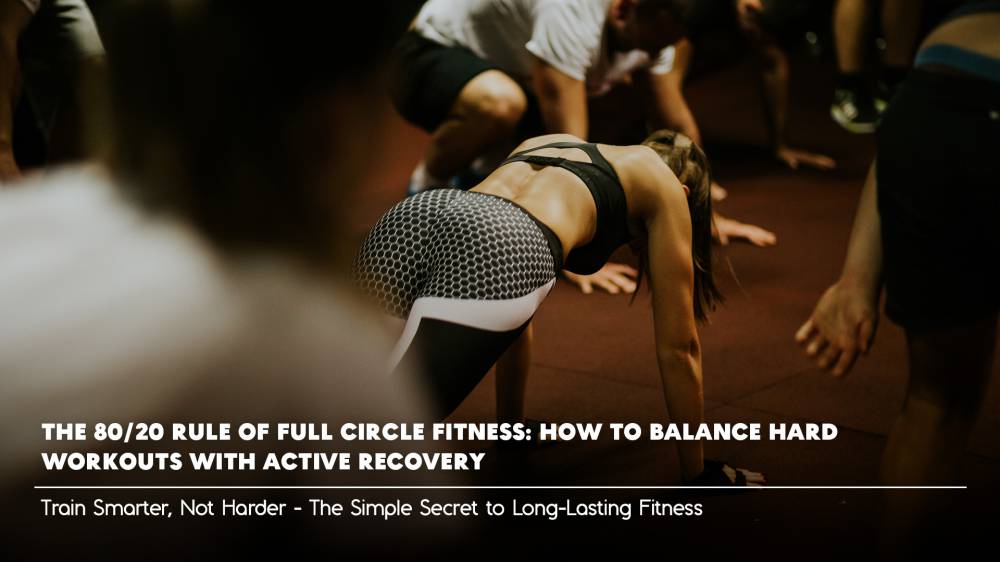When it comes to getting fitter, many people think they need to go all out, all the time. But what if we told you that slowing down could actually help you speed up? That’s where the 80/20 rule of fitness comes in. It’s a simple idea with big results, and it’s perfect for anyone who wants to feel stronger, move better, and stay injury-free.
Let’s break it down in a way that’s easy to understand.
What is the 80/20 Rule?The 80/20 rule means this:
80% of your training should be easy or moderate, and 20% should be hard. That might sound surprising, especially if you love intense workouts. However, this balance helps your body recover, rebuild, and actually get fitter over time.
For example, if you work out five times a week, only one of those sessions needs to be really intense—like a heavy weights session, a HIIT
class, or a sprint workout. The rest should feel steady and doable, like walking, yoga, light cycling, or a gentle gym session.
Why Does This Work?To put it simply, your body needs time to
recover and
adapt. If you go hard every single time, your muscles get tired, your mind burns out, and your chances of getting injured go up. But when you mix in active recovery, you’re still moving your body, just without the stress.
As a result, your body feels better, your mind stays motivated, and you can actually train harder when it counts.
 So, What Counts as “Hard” and “Easy”?
So, What Counts as “Hard” and “Easy”?
Here’s a quick way to look at it:
- Hard Workouts (20%): These are the sessions that leave you sweaty, out of breath, and maybe a bit sore the next day. Think bootcamps, heavy lifting, boxing, spin, or sprint intervals.
- Easy or Moderate Movement (80%): These feel more relaxed. You should still feel like you’re doing something, but you can breathe easily and hold a conversation. Walking, light resistance training, stretching, swimming, and yoga all count.
How to Get the Balance Right
Now that you understand the idea, how can you use it?
- Plan your week: Try writing down what days you’ll go hard, and what days you’ll take it slower. This helps you stay on track and avoid overdoing it.
- Listen to your body: Some weeks you’ll feel full of energy. Other weeks, not so much. It’s okay to adjust. Recovery is part of the plan.
- Don’t skip recovery days: They aren’t lazy days—they’re smart days. A gentle walk, a stretch class, or even dancing in your kitchen all count.
- Keep it full circle: Fitness isn’t just about sweating. It’s about strength, stamina, flexibility, rest, and joy. So make space for it all.
Why This Works for the Long Run
You’re not just training for today—you’re training for life. The 80/20 rule keeps things sustainable, which means you’re more likely to stick with it. Plus, it helps you feel good more often, not just after a big workout.
Whether you’re just starting out, coming back after a break, or already smashing your goals, this rule helps you train smarter—not just harder.
Final ThoughtsFitness isn’t just one speed. Sometimes you sprint, sometimes you stroll. The key is knowing when to push and when to pause. By following the 80/20 rule, you’ll find a rhythm that works with your body—not against it. So go ahead and mix it up. Give yourself permission to rest, recharge, and keep moving forward.
![]()
![]()
![]() blog
blog![]()
![]()
![]() blog
blog
